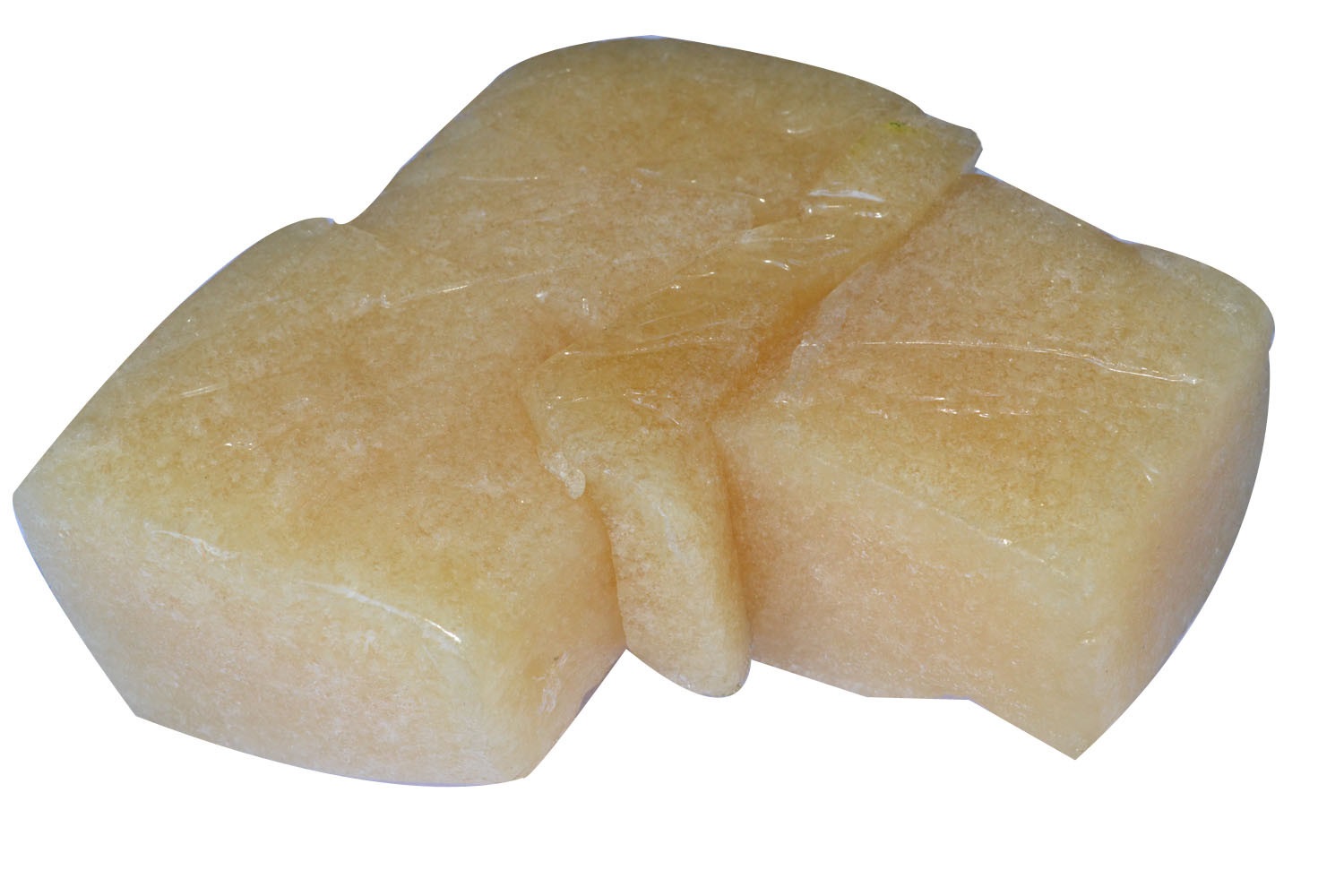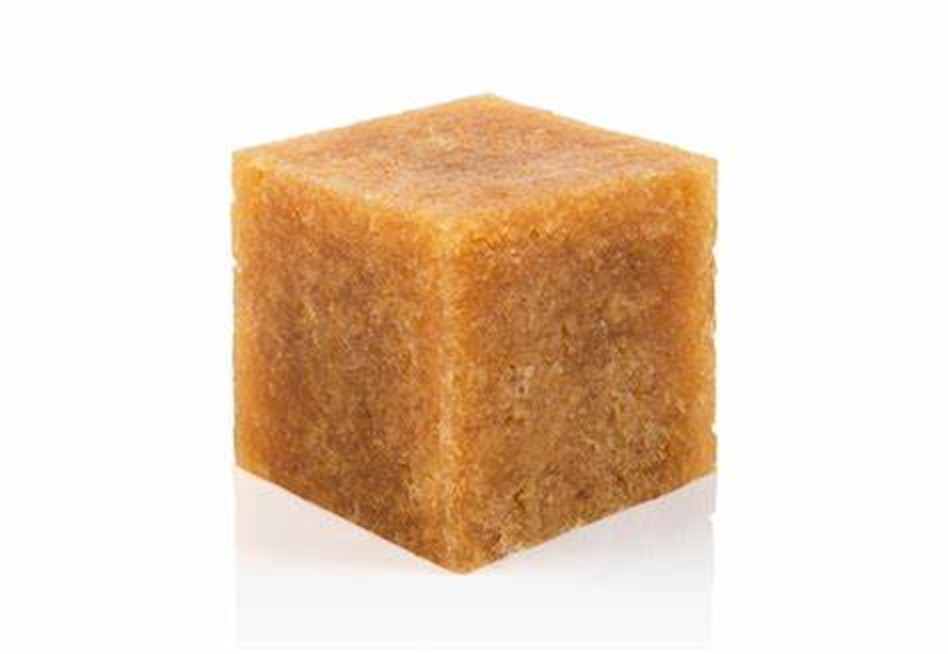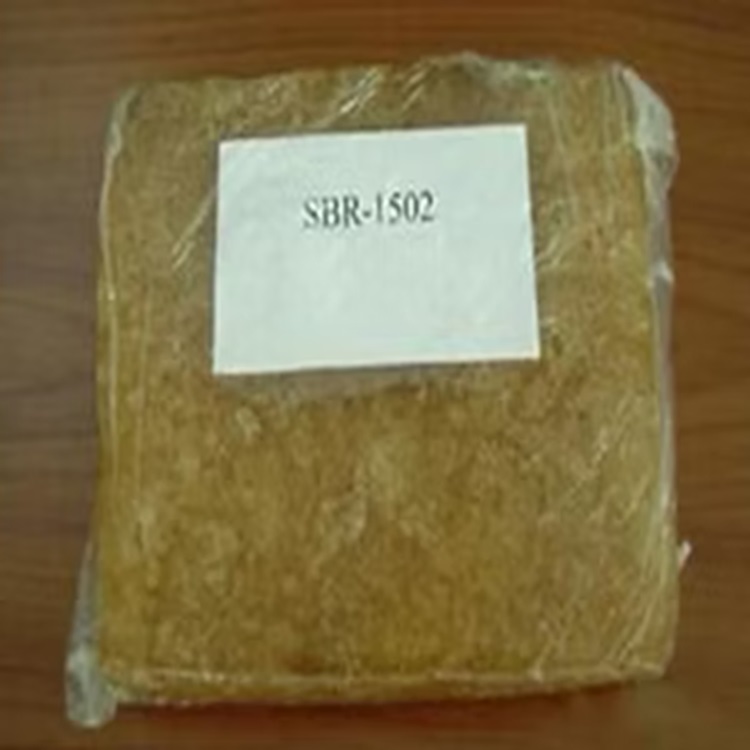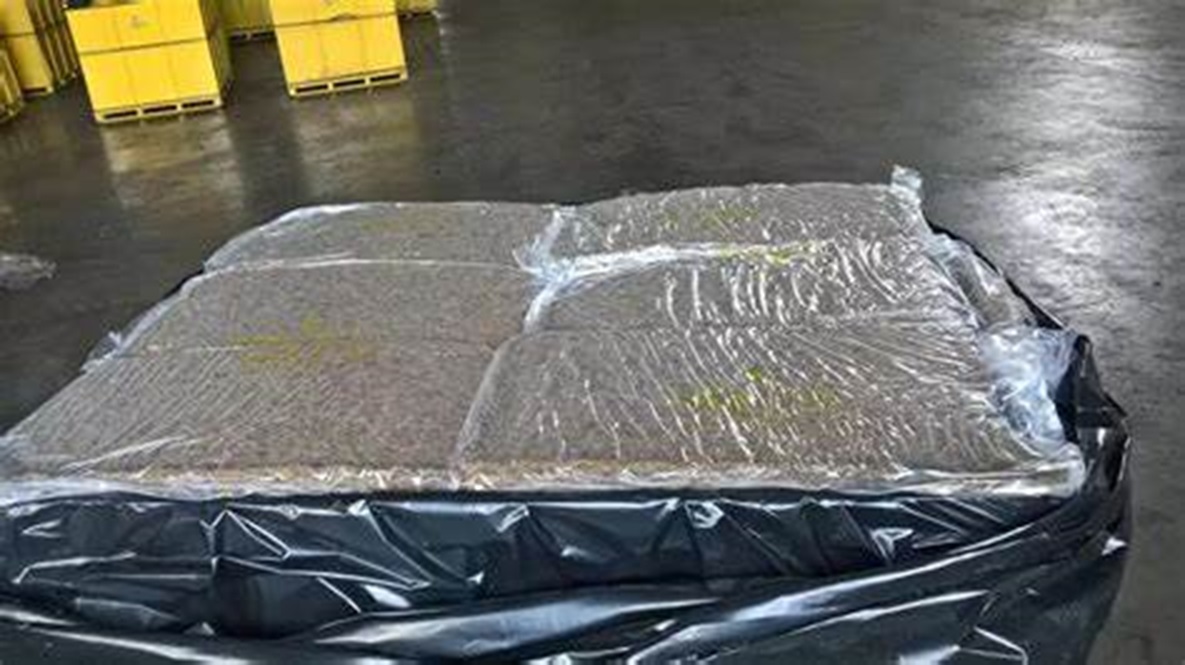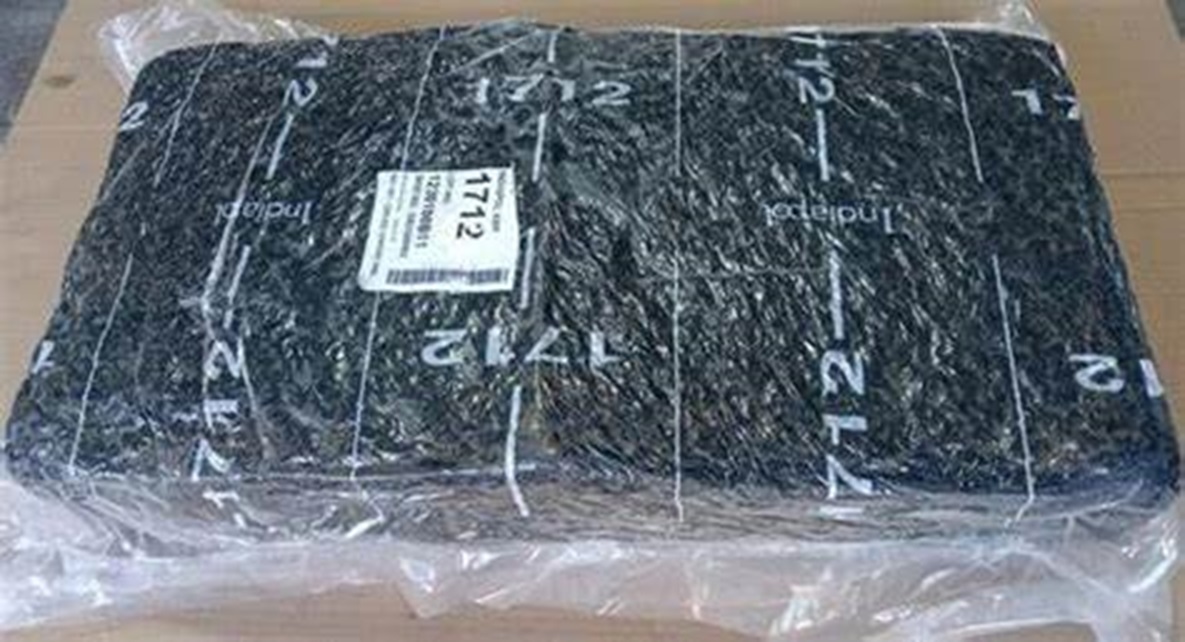We unleash your business potential by maximize the business innovation.
Send EmailStyrene Butadiene Rubber, E-SBR, S-SBR, Buna-S, GR-S, SBR 1500, SBR 1712, SBR-1500, SBR-1502, SBR-1712, SBR-1723, 9003-55-8
Styrene Butadiene Rubber (SBR) is a widely used synthetic rubber, known for its versatility and durability. Here are some key details about SBR:
Physical Properties
-
Appearance: Solid or viscous liquid, depending on the degree of polymerization.
-
Density: 1.04 g/mL at 25°C.
-
Melting Point: 253°C.
-
Solubility: Soluble in solvents with solubility parameters between 7.7 and 9.4.
Chemical Properties
-
Chemical Formula: (C₈H₈.C₄H₆)x.
-
Molecular Weight: 158.24.
-
Refractive Index: 1.57.
-
Viscosity: 4,000 cp (25 wt% in toluene at 25°C).
-
Stability: Stable, but combustible. Incompatible with strong oxidizing agents
The CAS number for Styrene Butadiene Rubber (SBR) is 9003-55-8
General Information
-
Composition: SBR is made from styrene and butadiene monomers. The typical composition is approximately 75% butadiene and 25% styrene.
-
Production: SBR can be produced through two main processes: emulsion polymerization (E-SBR) and solution polymerization (S-SBR)2.
Properties
-
Durability: High tensile strength and resistance to wear and tear.
-
Elasticity: Good flexibility and resilience.
-
Temperature Range: Typically between -50°C and 110°C.
-
Chemical Resistance: Resistant to bases, glycol-based brake fluids, and alcohol.
Uses
-
Tire Manufacturing: A significant portion of SBR is used in the production of tires for automobiles and trucks.
-
Industrial Goods: Used in conveyor belts, hoses, seals, and gaskets.
-
Footwear: Popular for shoe soles, especially in work and outdoor footwear.
-
Consumer Goods: Used in rubber bands, mats, and other items requiring flexibility and durability.
Advantages
-
Economic: SBR is cost-effective compared to natural rubber.
-
Versatility: Suitable for a wide range of applications due to its unique properties.
These details provide a comprehensive overview of Styrene Butadiene Rubber (SBR) and its significance in various industries.
Styrene Butadiene Rubber (SBR) is available in various types, each with specific properties and applications. Here are the main types:
Types of SBR
-
Emulsion SBR (E-SBR):
-
Hot Emulsion SBR: Produced at 50 to 60°C. Known for its low mill shrinkage, good dimensional stability, and good extrusion characteristics.
-
Cold Emulsion SBR: Produced at about 5°C. Offers better abrasion resistance, superior tensile strength, and better tread wear and dynamic properties.
-
-
Solution SBR (S-SBR):
-
Produced by an anionic polymerization process using alkyl lithium initiators. Known for improved flexibility, performance, good resilience, tensile strength, and low rolling resistance when used in tires.
-
Key Features
-
E-SBR:
-
High abrasion resistance
-
Good processing characteristics
-
Lower tensile strength compared to S-SBR
-
-
S-SBR:
-
Improved wet grip
-
Reduced rolling resistance
-
Better fuel economy and safety in tire applications
-
These types of SBR are used in various applications, including tire manufacturing, industrial goods, footwear, and consumer products
Styrene Butadiene Rubber (SBR) is also known by several other names and classifications, depending on its composition and production process. Here are some alternative names and classifications:
-
Buna-S: A trade name for SBR, derived from the German words "Butadien" and "Natrium" (sodium), which were used in the polymerization process.
-
GR-S: Government Rubber-Styrene, a name used during World War II when SBR was developed as a synthetic alternative to natural rubber.
-
SBR 1500: A specific grade of SBR produced through emulsion polymerization.
-
SBR 1712: Another specific grade of SBR, often used in tire manufacturing.
These names and classifications help to identify the specific properties and uses of the rubber.
SP Rubber
SP Rubber, also known as Styrene-Butadiene Rubber (SBR), is a synthetic rubber derived from styrene and butadiene monomers. It is one of the most widely used synthetic rubbers due to its excellent properties and versatility in various applications.

